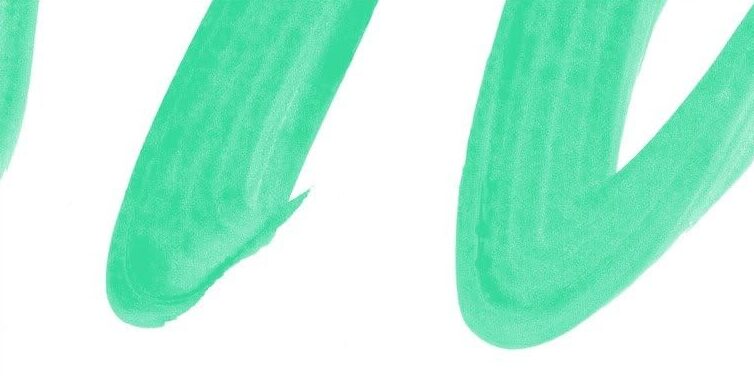Tom & David Kelley – Creative Confidence (2014)
Creativiteit wordt ons afgeleerd. Dit boek doet een poging om deze creativiteit opnieuw te ontsteken en aan te wakkeren. Hoewel ongeveer de helft van de inhoud een nogal storende verwijzing is naar aangeboden dienstverlening van de auteurs, worden er desalniettemin enkele fraaie inzichten gedeeld.

Designers always act with intention. While others may unconsciously go with the default option, design thinkers make everything a conscious and original choice: from how they arrange their bookshelf to how they present their work.
Smart people are accustomed to promoting their successes and find the process of compiling a ‘failure resume’ very challenging. Highlighting their biggest defeats and screw-ups makes them own their setbacks, both emotionally and intellectually.
One way to embrace creativity is let go of comparison. When our self-worth isn’t on the line, we are far more willing to be courageous and risk sharing our raw talents and gifts.
Relaxed attention lies between meditation, where you completely clear your mind, and the laserlike focus you apply when tackling a tough math problem. Our brains make cognitive leaps when we are not completely obsessed with a challenge, which is why good ideas sometimes come to us while we are in the shower, or taking a walk or a long drive.
The messiness of trial and error may seem uncomfortable at first, but action allows most of us to learn at a faster rate; it’s almost a prerequisite for success. Otherwise, the desire to be best can get in the way of getting better.
If everything is a prototype, there is permission to be wrong and feedback is wanted when it’s not working
